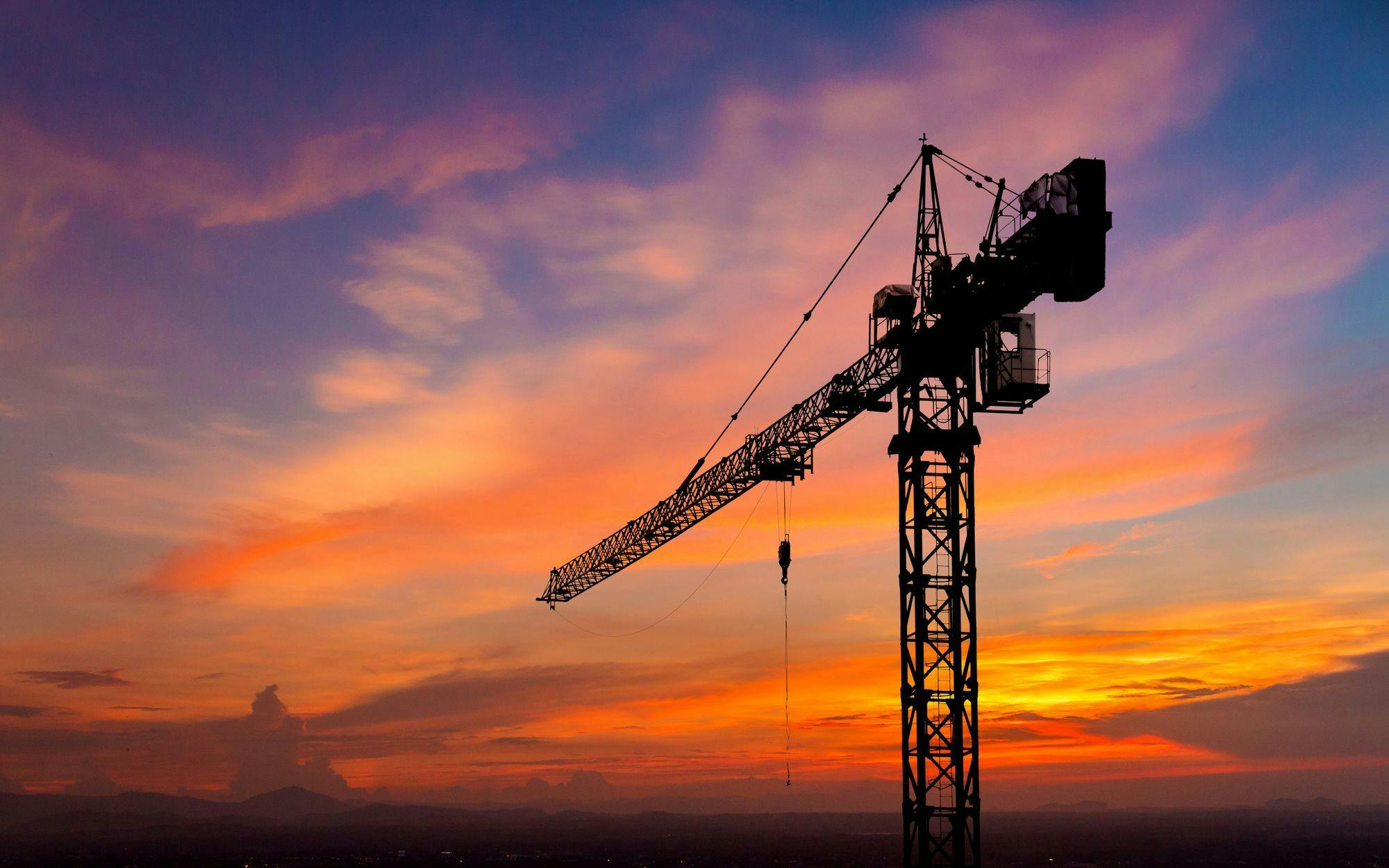
Outrigger Pad Basics to Help Crane Users Mitigate Risks
Increased awareness of standard setup guidelines can help crane users to mitigate potential risks. These tips for outrigger pad safety are helpful companions to jobsite responsibilities outlined in OSHA 1926:1402.
1. ALWAYS USE OUTRIGGER PADS
Use outrigger pads on every job and every set-up in order to reduce highly concentrated pressures to levels that the ground can support. According to David Duerr, P.E., author of Mobile Crane Support Handbook, “Rules of thumb are too general, and in some cases, not accurate. The differences in soil capacity from one site to the next are too great.”
“Crane operators rarely know what is below the surface. Some believe setting up on concrete or asphalt would be safe and you may not need outrigger pads. However, it is recommended to always use outrigger pads under crane floats to distribute ground pressure just in case there is an open cavity or unseen voids,” says Billy Smith EVP of Claims and Risk Management of NBIS.
Always place outrigger floats in the center of outrigger pads or crane mats. Not centering the outrigger float will cause off-center loading which may lead to a tip over.
2. AVOID THE VOID
Do not use outrigger pads or crane pads to span depressions or voids, which provide inadequate supporting surface, and may be an indication of other hazards. Loads and pressures exerted over voids can cause shear failure of the ground. Some voids are caused by settling due to underground tanks or utilities. Setting up over these areas may cause damage to the tank or utility, and could create a tipping hazard for the crane.
Kris Koberg, CEO of DICA, notes: “1926.1402(c)(2) requires hazards to be identified, and the controlling entity of the construction project is responsible for ensuring ground preparations are made to meet the requirements specified in 1926.1402(b).”
Pads and other supporting materials should always be set-up on compacted, drained, flat and level surfaces. A qualified, competent person should assess and evaluate the setup location, then either fill the void and compact it with appropriate materials, or choose a different location to set up the crane.
3. INSPECT YOUR SUPPORTING MATERIALS
When using pads, mats or other supporting materials, always inspect them for cracking, warping, rotting, or other signs of possible failure. Do not use any products or materials that show these signs of damage.
According to Koberg, “Wood pads deteriorate. In fact, they begin the process of deteriorating from the first day they are put in service and should always be inspected. Inspection should be done by a qualified, competent individual and follow manufacturer guidelines. Any pad or mat that shows significant signs of deteriorating, rotting or cracking should be removed from service.”
4. TEST ThE GROUND
Ideal ground conditions are those that have known properties and characteristics and can fully support the load and the pressures being imposed. While the controlling entity is responsible for ensuring ground preparations are made, it’s good practice to test the ground before setting up the crane.
A roll or plate proof test can be used to check the ground’s capacity and stability. If excessive settlement occurs, find a better location to work from, or increase the area with additional matting and pads to reduce ground bearing pressures.
5. KNOW YOUR RESPONSIBILITIES
OSHA defines the Controlling Entity as “an employer that is a prime contractor, general contractor, construction manager or any other legal entity which has the overall responsibility for the construction of the project--its planning, quality and completion.” Usually, crane rental companies are not the controlling entity. As Koberg noted above, OSHA requires the controlling entity to “ensure that the equipment must not be assembled or used unless ground conditions are … sufficient … for adequate support and degree of level of the equipment…” Supporting materials, such as outrigger pads and crane mats, can be used to achieve adequate support.
Additionally, ANSI/ASME B30, which provides safety standards for the crane industry, requires that the site supervisor and lift director ensure that “an operating area is suitable for the crane with respect to levelness, surface conditions, support capability, proximity to powerlines, excavations, slopes, underground utilities, subsurface construction and obstructions to crane operations.”
Related stories








